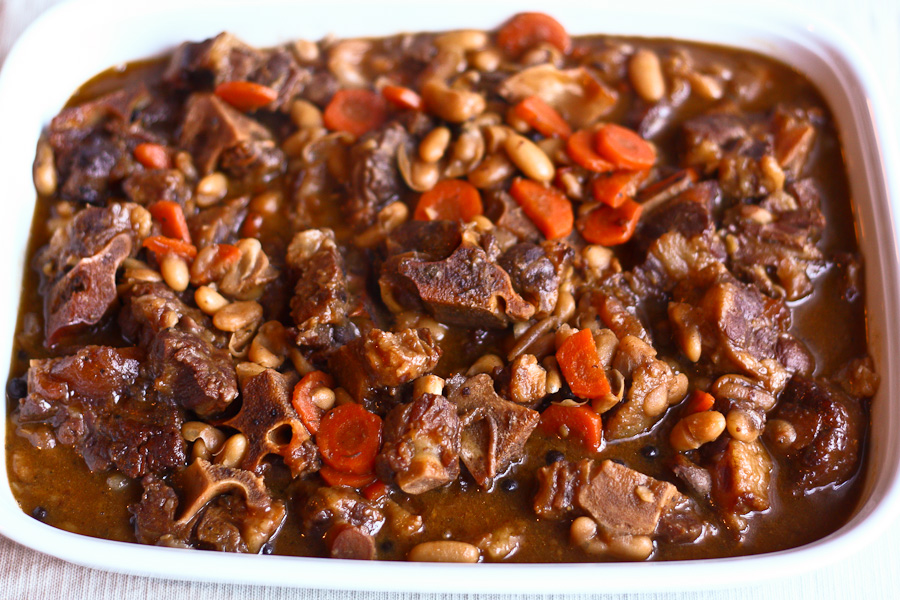Velvet Pork Recipe
Velvet pork recipe, a culinary masterpiece, promises a journey into the heart of tender, flavorful pork. This isn’t just another pork recipe; it’s a dedication to unlocking the secrets of a cut that melts in your mouth, leaving you craving for more.
From understanding the unique characteristics of velvet pork to mastering the art of preparation, we’ll explore every aspect of this delectable dish.
Imagine a succulent pork dish that boasts an unparalleled tenderness, a symphony of flavors, and a texture that defies expectations. This is the essence of velvet pork, a cut that has captivated culinary enthusiasts for generations. Its origins trace back to a time when traditional methods of preparing pork were perfected, resulting in a dish that is both comforting and extraordinary.
Introduction to Velvet Pork: Velvet Pork Recipe
Velvet pork, a term often used interchangeably with “pork tenderloin,” is a prized cut of meat known for its exceptional tenderness and delicate flavor. This cut comes from the loin muscle, located along the backbone of the pig, and is typically leaner than other pork cuts.
While the origin of the term “velvet pork” remains somewhat unclear, it likely arose from the meat’s smooth, velvety texture, which is unlike other pork cuts.
Characteristics of Velvet Pork
The defining characteristic of velvet pork is its unparalleled tenderness. The muscle fibers in the loin are exceptionally fine and delicate, resulting in a melt-in-your-mouth experience when cooked properly. Velvet pork is also known for its mild, slightly sweet flavor, making it a versatile ingredient for a wide range of dishes.
Texture and Flavor Profile
The texture of velvet pork is incredibly soft and yielding, almost like butter. This is due to the low amount of connective tissue in the loin muscle. The flavor is mild and slightly sweet, with a hint of porkiness.
The delicate flavor profile allows it to pair well with a variety of seasonings and sauces, from simple salt and pepper to more complex Asian-inspired marinades.
Preparing Velvet Pork
Preparing velvet pork is relatively straightforward, but a few key techniques can enhance its natural tenderness and flavor.
Marinating, Brining, and Tenderizing
Marinating velvet pork is a great way to infuse it with flavor and moisture. Acidic marinades, such as those containing citrus juice or vinegar, can help to tenderize the meat. Brining, which involves soaking the pork in a salt solution, can also improve tenderness and moisture retention.
While tenderizing techniques are less common for velvet pork due to its inherent tenderness, a light pounding with a meat mallet can further break down muscle fibers and create a more even texture.
Choosing the Right Cut
When selecting velvet pork, ensure it’s free of any discoloration or strong odor. Look for a cut that’s uniformly pink in color and has a firm texture. Avoid cuts with excessive fat, as this can make the meat greasy.
Cooking Velvet Pork
Velvet pork is best cooked using dry-heat methods, such as grilling, roasting, or pan-frying. These methods help to create a crispy exterior while keeping the interior juicy and tender. Overcooking can result in a dry, tough texture, so it’s crucial to cook the pork to the proper temperature.
Use a meat thermometer to ensure the internal temperature reaches 145°F (63°C) for safe consumption.
Velvet Pork Recipe Variations
Velvet pork is a blank canvas for culinary creativity, lending itself to a wide range of flavor profiles and cooking methods.
Flavor Profiles
- Asian-inspired:Marinate velvet pork in a mixture of soy sauce, ginger, garlic, and sesame oil. Serve with stir-fried vegetables and rice.
- Mediterranean:Marinate velvet pork in a blend of olive oil, lemon juice, oregano, and garlic. Roast with vegetables like zucchini, peppers, and onions.
- Classic American:Season velvet pork with salt, pepper, and paprika. Pan-fry or grill to perfection and serve with mashed potatoes and gravy.
Cooking Methods
- Roasting:Roast velvet pork in the oven at a moderate temperature until cooked through. This method allows the pork to retain moisture and develop a rich flavor.
- Grilling:Grill velvet pork over medium heat until cooked through. The smoky flavor from the grill adds a unique dimension to the dish.
- Braising:Braising velvet pork in liquid, such as wine or broth, helps to tenderize the meat and create a flavorful sauce.
Velvet Pork Recipe Comparison Table
| Recipe | Key Ingredients | Cooking Time | Flavor Profile |
|---|---|---|---|
| Asian-inspired Stir-Fry | Soy sauce, ginger, garlic, sesame oil | 15-20 minutes | Savory, sweet, and umami |
| Mediterranean Roast | Olive oil, lemon juice, oregano, garlic | 45-60 minutes | Citrusy, herbaceous, and savory |
| Classic American Pan-fried Pork | Salt, pepper, paprika | 10-15 minutes | Simple, savory, and slightly sweet |
Serving Velvet Pork
Velvet pork is a versatile ingredient that can be served in a variety of ways, from simple to elegant.
Creative Serving Ideas

- Side Dishes:Pair velvet pork with classic side dishes like mashed potatoes, roasted vegetables, or a simple green salad.
- Sauces:Enhance the flavor of velvet pork with a rich pan sauce, a tangy fruit chutney, or a creamy mushroom sauce.
- Accompaniments:Add a touch of elegance with accompaniments like roasted garlic cloves, fresh herbs, or a sprinkle of toasted nuts.
Visual Appeal
Velvet pork has a beautiful pink hue that can be enhanced by careful plating. Serve it on a bed of greens, with a drizzle of sauce, and a garnish of fresh herbs for a visually appealing presentation.
Wine Pairings
Velvet pork pairs well with light-bodied red wines, such as Pinot Noir or Beaujolais, as well as crisp white wines like Sauvignon Blanc or Riesling.
Tips and Tricks for Velvet Pork

Mastering the art of cooking velvet pork requires a few insider tips and tricks to achieve the perfect texture and flavor.
Insider Tips, Velvet pork recipe
- Don’t Overcook:Velvet pork cooks quickly, so it’s important to watch it closely and avoid overcooking. Overcooked pork will be dry and tough.
- Rest the Meat:Allow the cooked pork to rest for 5-10 minutes before slicing. This allows the juices to redistribute, resulting in a more tender and flavorful cut.
- Use a Meat Thermometer:A meat thermometer is essential for ensuring the pork is cooked to the proper temperature. This helps to prevent undercooked or overcooked pork.
Common Mistakes to Avoid
- Overcrowding the Pan:Overcrowding the pan can lead to uneven cooking and steam buildup, which can result in a tough texture.
- Slicing Before Resting:Slicing the pork before it has rested can cause the juices to run out, resulting in a dry and less flavorful dish.
Storing and Reheating

Leftover velvet pork can be stored in an airtight container in the refrigerator for up to 3 days. To reheat, place the pork in a preheated oven at 350°F (175°C) until warmed through. You can also reheat the pork in a microwave, but this can result in a slightly drier texture.
Final Conclusion

Whether you’re a seasoned chef or a culinary novice, the velvet pork recipe offers a gateway to a world of flavor and culinary creativity. With its versatility, this dish can be adapted to suit any taste preference, from the subtle nuances of Asian-inspired flavors to the bold richness of Mediterranean spices.
So, embark on a culinary adventure with velvet pork, and discover the magic of this exceptional cut.



Post a Comment for "Velvet Pork Recipe"